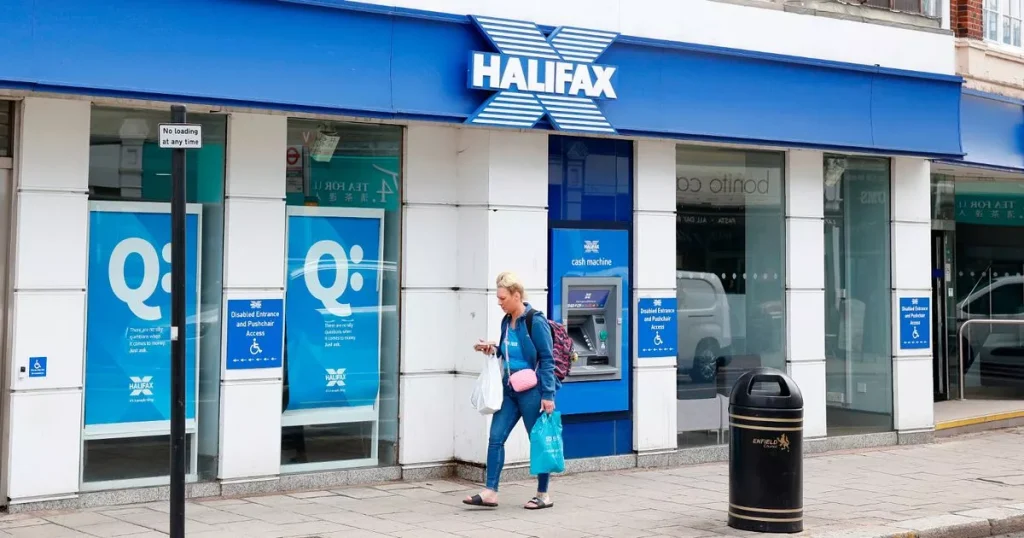Halifax making big change to mortgages this week – what it means for you

Halifax will be making a huge change to how it works out mortgage affordability this week.
From Tuesday, December 10 the high street lender will start using a property’s Energy Performance Certificate (EPC) rating in its mortgage affordability calculations. Even though Halifax already incorporates cost of living information into its affordability model, the change will "better reflect" the impact of home energy costs on disposable income.
An EPC rating is based on how much energy your property uses per square metre, eg for heating, light and so on, and how much energy it loses through things such as poor insulation. The EPC rating ranges from A – which is the best rating – to G which is the worst.
Halifax says the maximum loan amount available for properties with an A/B EPC rating could increase slightly, and for properties with an F/G EPC rating, it could decrease slightly. The maximum loan amount available for properties with a C, D, or E EPC rating or where the EPC is unknown will remain the same.
DWP makes huge change to benefit repayment rules for Universal Credit claimants
Rowntree's fans fume and say beloved sweets now ‘taste like soap’
The lender says an example of the change for a customer looking for a mortgage for a property valued at £215,000 could borrow £194,000 if the property has a rating of A or B, versus £191,000 if rated at C to E, or £190,000 if rated at F or G.
Halifax will also help mortgage customers improve the energy efficiency of their home through its Green Living Reward scheme. This offers up to £2,000 cash back on various energy-efficient home improvements such as the installation of heat pumps, solar panels, and insulation.
In addition to purchase and remortgage applications, EPC ratings will also be used to assess affordability for further advanced applications and product transfers. According to Halifax, around 15% of UK homes are currently rated A or B rated and around 3% have a rating of F or G.
Amanda Bryden, head of Halifax Intermediaries and Scottish Widows Bank, said: “We know that typically, more energy efficient homes are cheaper to run. Using EPC data and energy bill analysis, we’re able to reflect that in mortgage affordability.”
Trinity Financial product and communications director Aaron Strutt commented: “Banks and building societies have been using discounted mortgage rates or cash back to incentivise people to make energy efficiency rating improvements, so adjusting the amount applicants can borrow based on the energy performance certificate rating is new.
“The previous government put many lenders under pressure to do more to ensure our housing stock is more energy efficient and they have been working out what to do.
“This is a big move from Halifax that other lenders may well follow. It will cost an absolute fortune to make many properties more energy efficient but there are more options to help secure funding to carry out work.
“Adjusting the mortgage loan size is a new ploy that will force many borrowers to improve their property. Some lenders already insist homes have an A or B rating to access the cheapest deals, but they don’t reduce the amount they can borrow.”
Debenhams knocks huge 92% off £4,295 Gevril Swiss watch this Christmas



